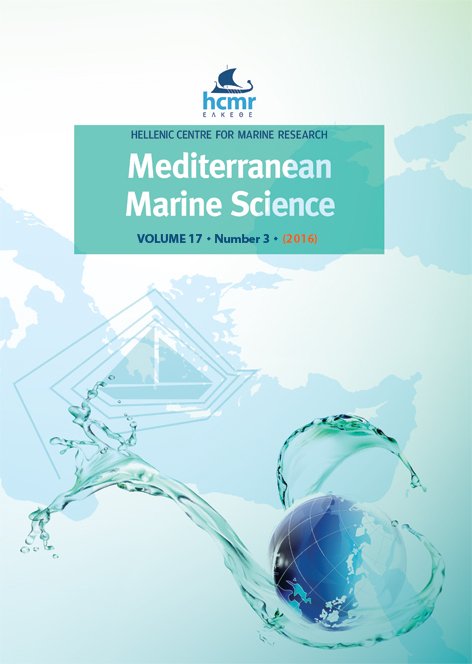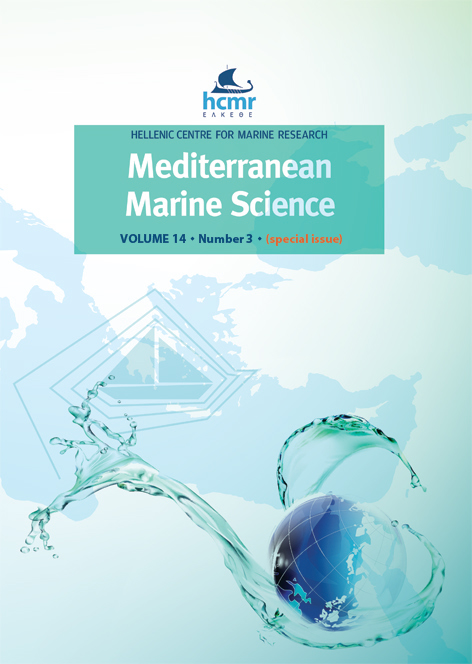Raja asterias population assessment in FAO GFCM GSA17 area

Abstract
Population structure and distribution of the starry ray, Raja asterias, were described based on data collected during yearly rapido trawl surveys (SoleMon), between 2005 and 2014 in the Northern and Central Adriatic Sea. A total of 306 individuals were caught, sex ratio was 1.04:1 in favor of males and length-weight relationships were obtained for the whole sample. Following the MEDITS scale, maturity was estimated, observing a higher number of immature individuals. Relative abundance significantly increased during the recent period with the highest values recorded at 5-30 m depths. Such increase could be related to the response of R. asterias to climatic change or to the decrease in fishing pressure in the area. Clear spatial segregation of individuals depending on their life stage was observed, with immature individuals inhabiting the coastal areas and adults more abundant at depths greater than 40 m. The comparison of the result of the present study with MEDITS survey outcomes in terms of distribution patterns, persistence areas of adults and juveniles and abundances indices, evidences that SoleMon survey seems to be more suitable in defining such features of the stock, likely due to the greater catchability of the rapido trawl in respect to the MEDITS trawl net. However, further investigations are needed to identify factors affecting the increasing abundance of this species, and develop an action plan for spatial management of fishing activities.
Article Details
- How to Cite
-
FERRÀ, C., FABI, G., POLIDORI, P., TASSETTI, A. N., LEONI, S., PELLINI, G., & SCARCELLA, G. (2016). Raja asterias population assessment in FAO GFCM GSA17 area. Mediterranean Marine Science, 17(3), 651–660. https://doi.org/10.12681/mms.1657
- Issue
- Vol. 17 No. 3 (2016)
- Section
- Research Article
Authors who publish with this journal agree to the following terms:
- Authors retain copyright and grant the journal right of first publication with the work simultaneously licensed under a Creative Commons Attribution Non-Commercial License that allows others to share the work with an acknowledgement of the work's authorship and initial publication in this journal.
- Authors are able to enter into separate, additional contractual arrangements for the non-exclusive distribution of the journal's published version of the work (e.g. post it to an institutional repository or publish it in a book), with an acknowledgement of its initial publication in this journal.
- Authors are permitted and encouraged to post their work online (preferably in institutional repositories or on their website) prior to and during the submission process, as it can lead to productive exchanges, as well as earlier and greater citation of published work (See The Effect of Open Access).





